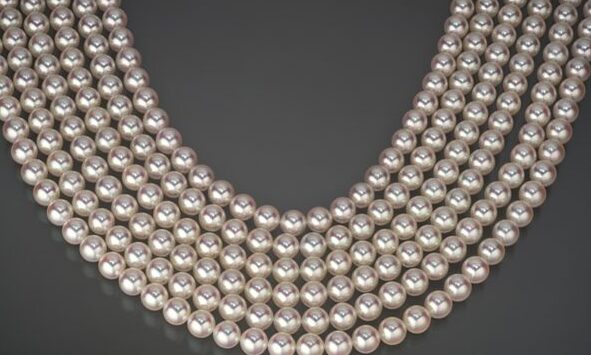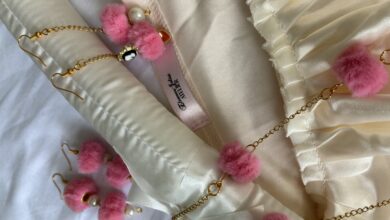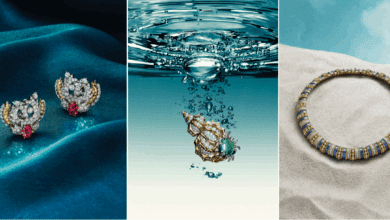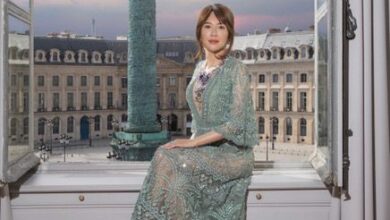GIA adds ‘Hanadama’ comment to all pearl classification reports
GIA’s analysis of the industry’s classification of pearls from the Akoya complex pearl oysters resulted in the identification of the quality range that was commonly agreed upon within the pearl trade as Hanadama

Register to get 1 free article
Reveal the article below by registering for our email newsletter.
Want unlimited access? View Plans
Already have an account? Sign in
The Gemological Institute of America (GIA) has added a report comment for the historical trade term Hanadama to distinguish a quality range of cultured Akoya pearls.
To qualify for the Hanadama comment, cultured Akoya pearls must meet specific classification criteria.
GIA’s analysis of the industry’s classification of pearls from the Akoya complex pearl oysters resulted in the identification of the quality range that was commonly agreed upon within the pearl trade as Hanadama.
In order to receive the Hanadama comment, cultured Akoya pearls must display a combination of all of the following GIA Pearl Value Factors classification ranges, such as round to near-round shape, white body-colour (with or without overtone), excellent lustre, clean to lightly spotted surface, excellent to very good matching, and sufficient nacre thickness and quality.
When a pearl, strand or jewellery item meets the carefully defined parameters for Hanadama, a comment that states: “These pearls fall into the select quality range that is known in the trade as Hanadama” (or a variation thereof) will be added to any GIA pearl classification report
Tom Moses, executive vice president and chief laboratory and research officer, said: “We’ve undertaken a thorough exploration into the original and contemporary applications of the term Hanadama along with gathering extensive input from industry insiders.
“Incorporating this historically important industry term into the report underpins our commitment to robust laboratory services and reports that allow consumers to make more informed choices in purchasing Akoya cultured pearls.”







